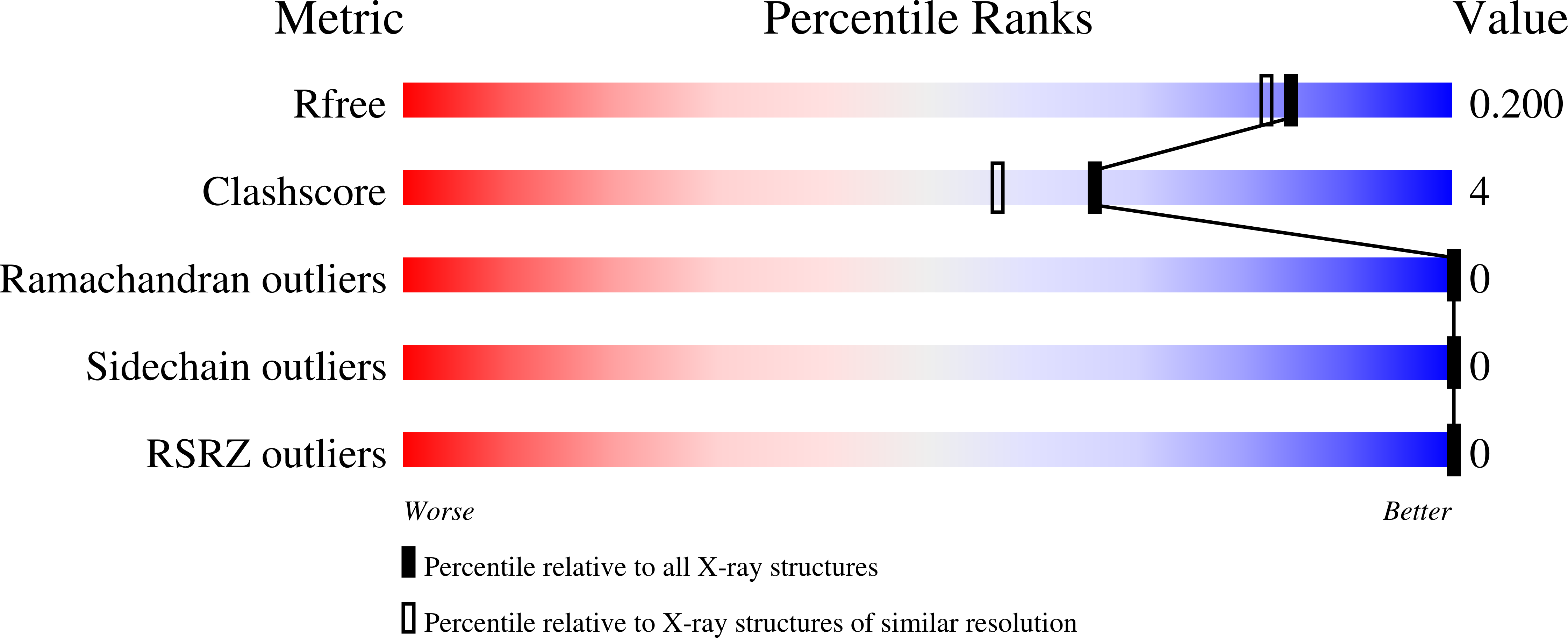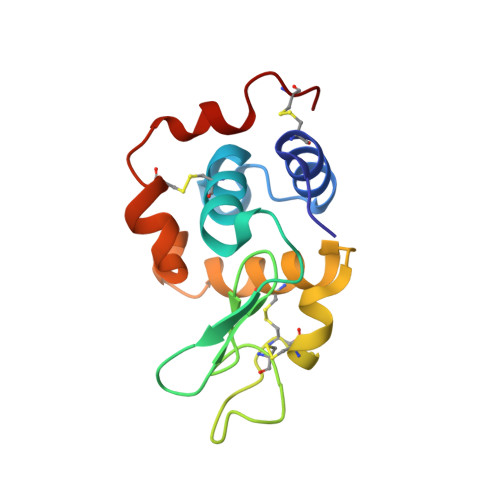JINXED: just in time crystallization for easy structure determination of biological macromolecules.
Henkel, A., Galchenkova, M., Maracke, J., Yefanov, O., Klopprogge, B., Hakanpaa, J., Mesters, J.R., Chapman, H.N., Oberthuer, D.(2023) IUCrJ 10: 253-260
- PubMed: 36892542
- DOI: https://doi.org/10.1107/S2052252523001653
- Primary Citation of Related Structures:
8B3L, 8B3T, 8B3U, 8B3V - PubMed Abstract:
Macromolecular crystallography is a well established method in the field of structural biology and has led to the majority of known protein structures to date. After focusing on static structures, the method is now under development towards the investigation of protein dynamics through time-resolved methods. These experiments often require multiple handling steps of the sensitive protein crystals, e.g. for ligand-soaking and cryo-protection. These handling steps can cause significant crystal damage, and hence reduce data quality. Furthermore, in time-resolved experiments based on serial crystallography, which use micrometre-sized crystals for short diffusion times of ligands, certain crystal morphologies with small solvent channels can prevent sufficient ligand diffusion. Described here is a method that combines protein crystallization and data collection in a novel one-step process. Corresponding experiments were successfully performed as a proof-of-principle using hen egg-white lysozyme and crystallization times of only a few seconds. This method, called JINXED (Just IN time Crystallization for Easy structure Determination), promises high-quality data due to the avoidance of crystal handling and has the potential to enable time-resolved experiments with crystals containing small solvent channels by adding potential ligands to the crystallization buffer, simulating traditional co-crystallization approaches.
Organizational Affiliation:
Center for Free-Electron Laser Science CFEL, Deutsches Elektronen-Synchrotron DESY, Notkestr. 85, 22607 Hamburg, Germany.




















